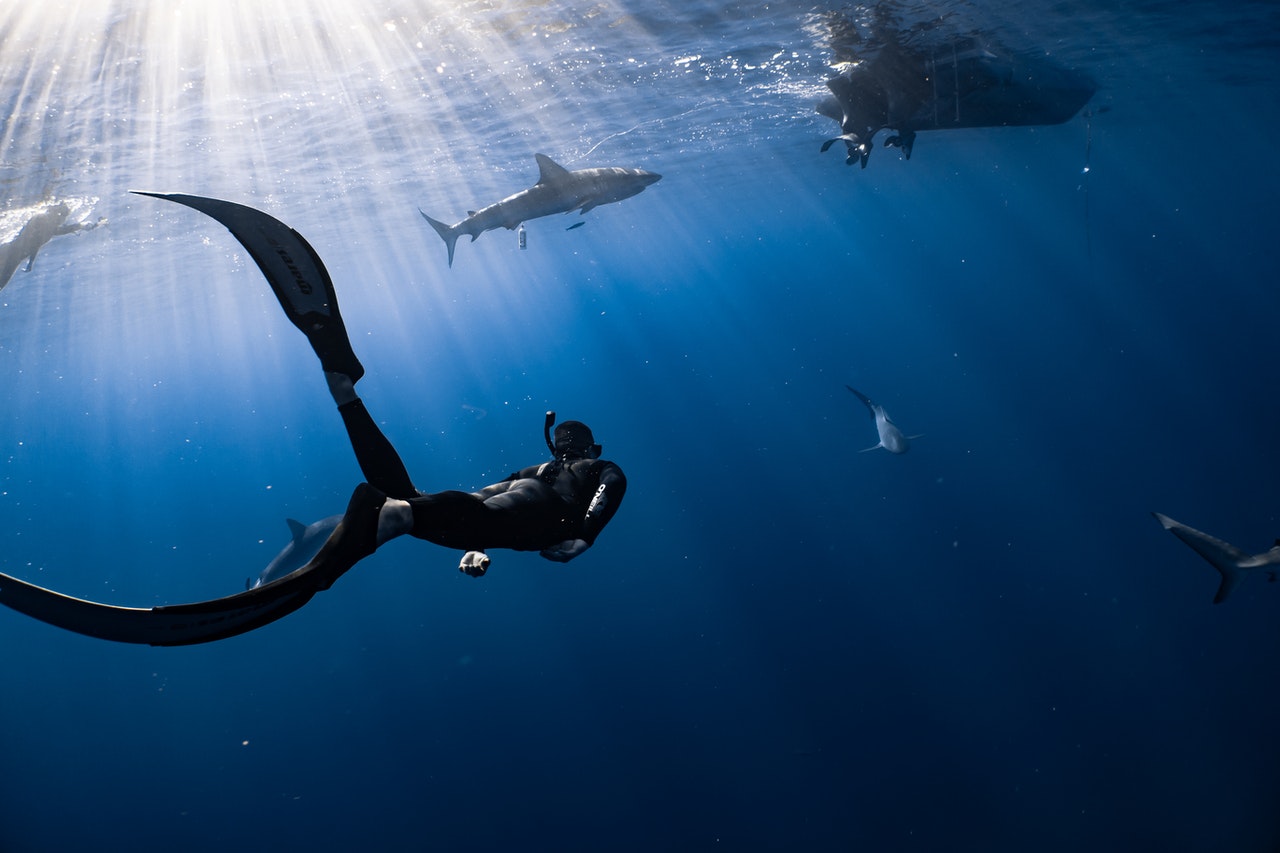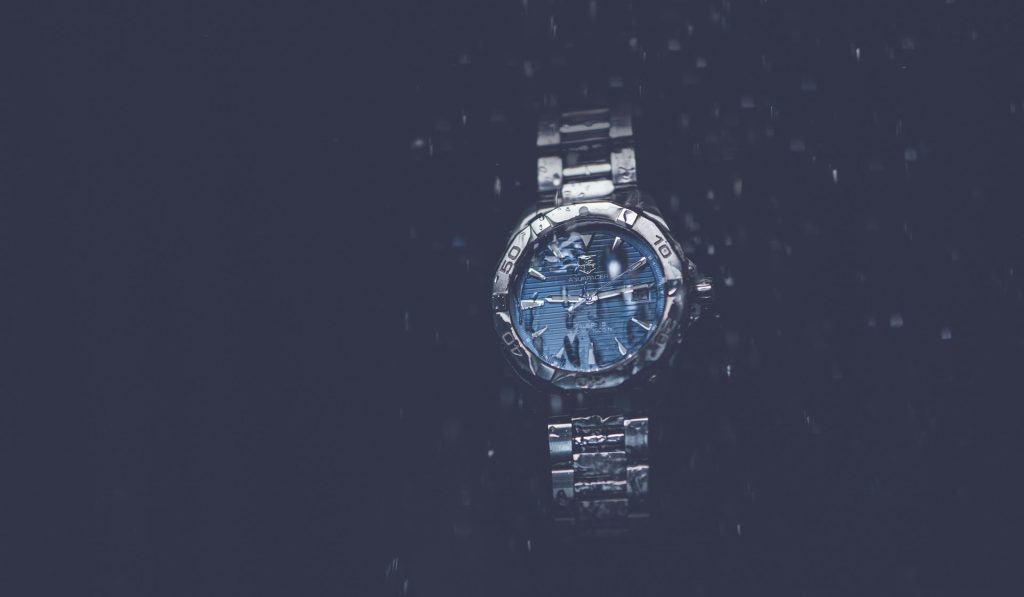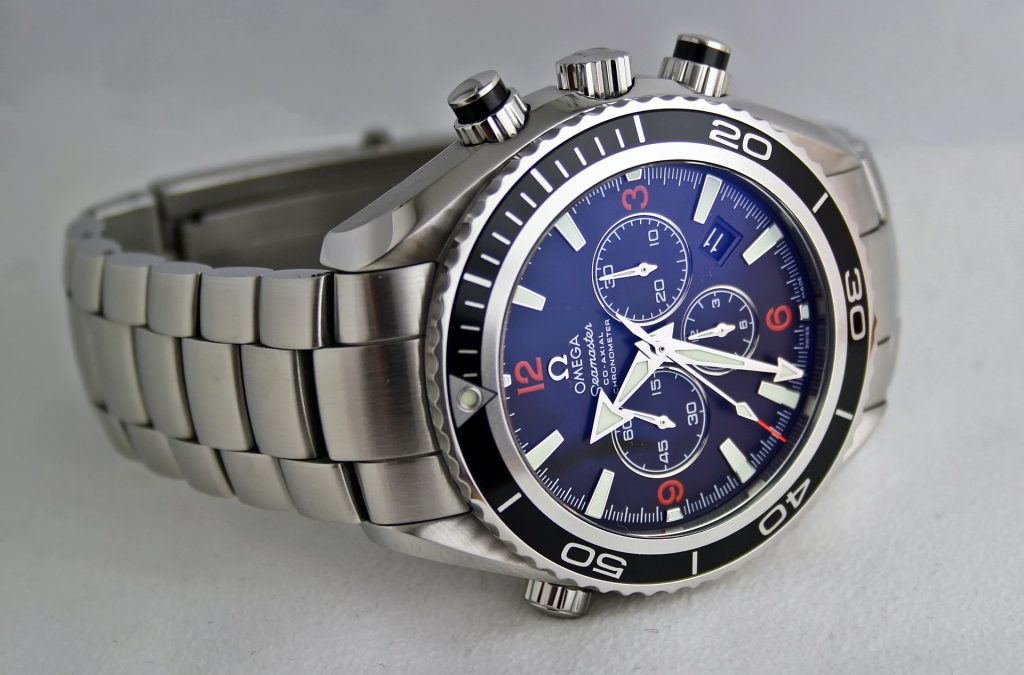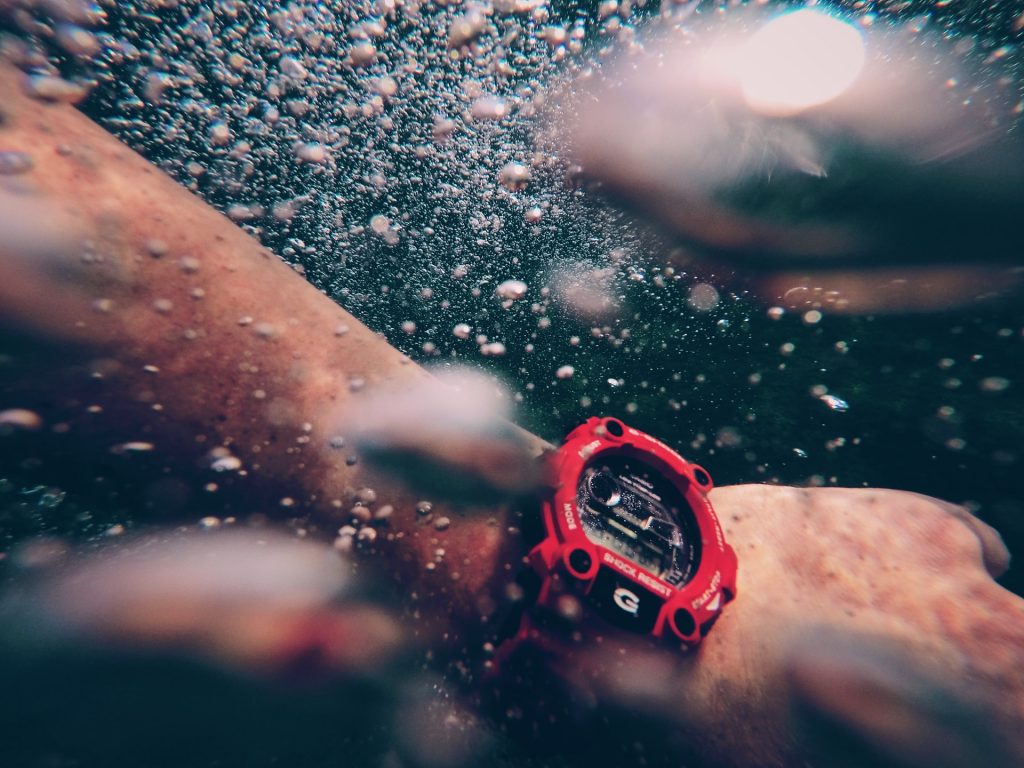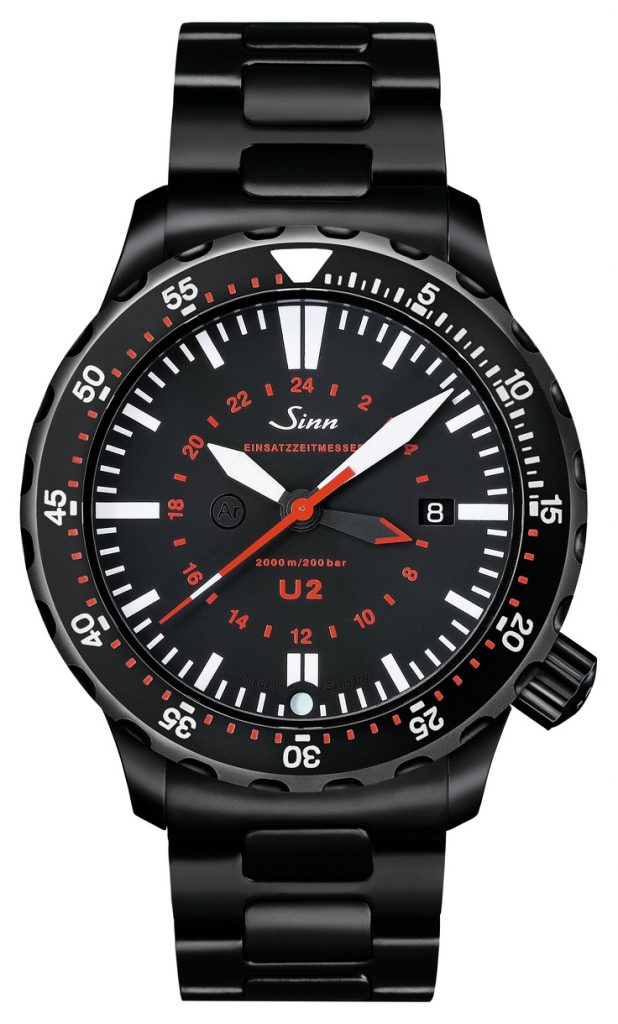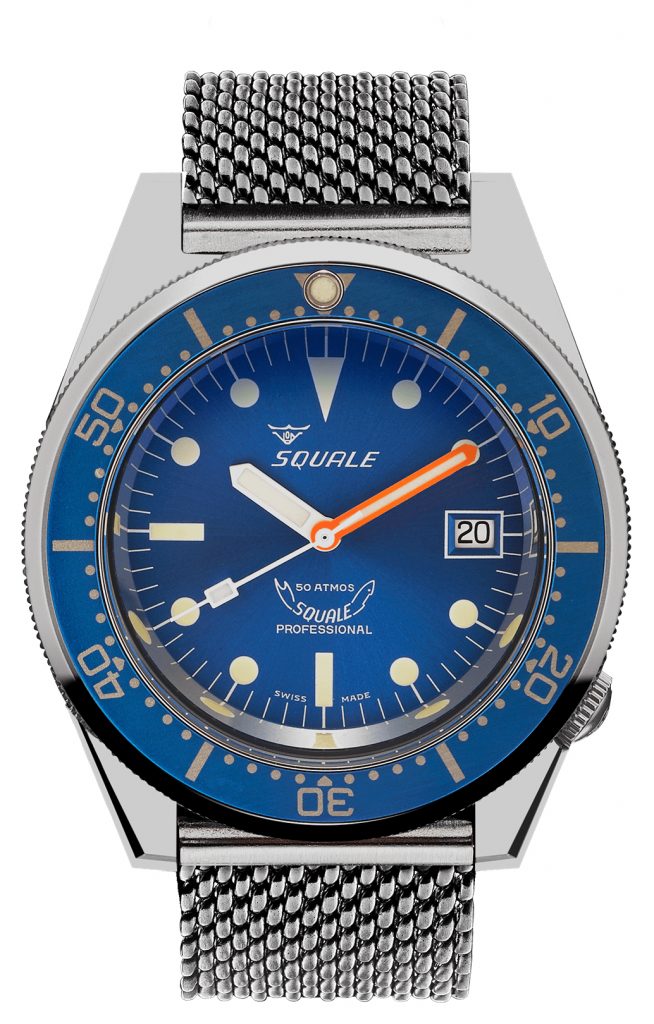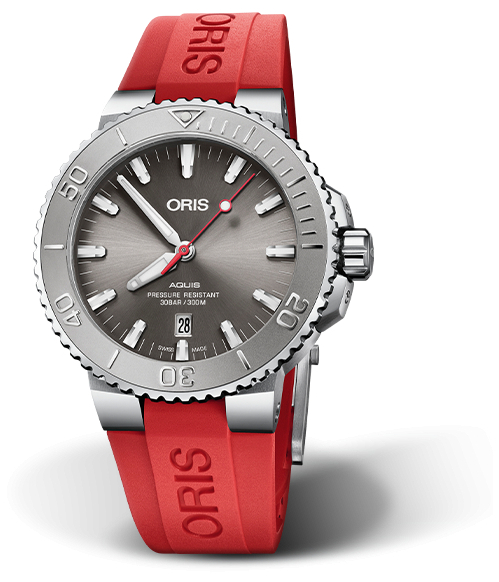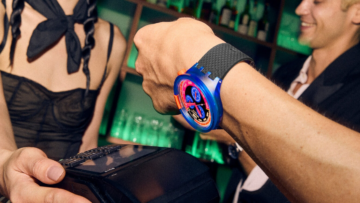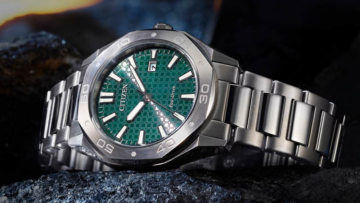Diving watches have become an absolute staple within the watch industry. This kind of watch makes an appearance in almost all well established watch collections. Diving watches are a relatively new addition within the horological world and they have shot to popularity incredibly quickly. Many popular brands feature a diving watch as a core part of their portfolios. However, not everyone buys diving watches for their iconic diving features. Some collectors simple enjoy the aesthetic of a diving watch, or desire the security that the very high water resistance rating brings. There are a great many reasons why a diving watch will become a treasured item in any watch collection. If you are interested in these timepieces, keep reading for 10 interesting facts about diving watches along with some recommendations.
10 Interesting Facts About Diving Watches
1. Diving watches originate in military diving.
In the early days of watchmaking, there was no demand for diving watches as we know them today. The technology did not exist to allow man to explore the depths of the oceans. The lack of demand and technology meant that watch brands were not producing diving watches. However this changed when the military began to require precise timepieces that could survive underwater. Italian Navy Commandoes were among the first to use diving watches. Their job roles involved them having to steer a torpedo between two men. The men would then have to swim to safety before the torpedo detonated. In order to remain safe, the men required incredibly precise watches that could be synchronised. These watches also had to survive underwater. Therefore, the diving watch was born.
2. All good diving watches have luminescent elements.
Water blocks light, and the deeper you travel underwater, the harder it is to see. Diving watches are designed to overcome this obstacle. Watch manufacturers design their diving watches with the most important features coated in a luminescent material. This ensures that the dial can be read in the dark and deep underwater. It is vital to the safety of a diver that they can track their dive time, so a legible watch is a must.
3. Diving watches need to be tough.
Diving watches have to be able to withstand an immense amount of pressure, so the materials and methods used to build them must be carefully considered. Often, these kinds of watches are made using a thicker case and a thicker lens. The lens of diving watches also tends to be domed to aid the watch in resisting pressure. Divers have enough to think about without having to worry about knocking their watches, so the timepieces must be strong enough to withstand rigorous wear.
4. The first ever waterproof watch was created by Rolex.
Like with many ‘firsts’ in the watchmaking world, Rolex was the first brand to create a waterproof watch. The brand launched the watch in 1926. The watch was named the Oyster. This line remains a key part of Rolex’s portfolio to this day. The original Oyster model was both water and dust proof. This was achieved by housing the movement within a hermetically sealed case.
5. The first official diving watch was created by Omega.
Although Rolex won the race to build the first waterproof watch, Omega became the first brand to build a classified diving watch. This watch was introduced in 1932. The timepiece was capable of reaching 135 metres and was the first diving watch to be commercially available. The watch was named the Marine and featured a patented double sealed case that was sealed with cork. This timepiece made diving a much safer sport for many. It was originally tested in Lake Geneva, very close to Omega’s headquarters.
6. The bezels of diving watches make them easy to identify.
Diving watches traditionally have a rotating bezel. The bezel on a diving watch should be unidirectional. This means that if the bezel is accidentally knocked, the remaining dive time can only be reduced and never increased. This is an important safety feature of diving watches. It means that a diver can never be caught off guard with too little oxygen due to a fault with their timing. The bezels on diving watches also tend to have a diving time scale. This feature makes diving watches easy to identify within a brand’s collection.
7. Diving watches often have specific kinds of straps.
Leather is not designed to survive long term or significant exposure to water. Therefore it is not often used in the designs of diving watches. Similarly, fabric straps do not tend to be used in this kind of watch as they become uncomfortable to wear when they are damp. Due to these factors, diving watches tend to have metal or rubber straps. These materials are much more comfortable to wear when they are wet and are also much more resistant to water. Some diving watch straps are expandable to allow them to be worn over the top of diving equipment. It is important to assess your own needs and wants when buying a diving watch as different straps will suit different people.
8. There are a set of specifications that all diving watches must adhere to.
The ISO 6425 standards are a list of things that every diving watch must adhere to if it is to be certified. This includes a specification that all diving watches must be water resistant up to at least 100 metres. However, many watch brands build their watches to be resistant to a much higher degree. These standards ensure that timepieces that are labelled as diving watches are built to a high enough standard to withstand the challenges of diving.
9. Diving watches tend to have screw down crowns.
In order to have such a high level of water resistance, diving watches have to have certain features that serve to keep the timepiece watertight. One such feature is a screw down crown. This means that the crown must be unscrewed in order to pull it out and make adjustments to the time and date. The screw fastening ensures that the crown is secured and watertight. Due to this, no water can enter the watch and damage the movement.
10. Diving watches should be serviced regularly.
All watches should ideally be regularly serviced to ensure that they are running and functioning properly. This will mean that any damage or issue will get picked up early, before it can cause long term problems in the watch. All servicing for diving watches should be completed by an authorised professional. This is important as it is vital that all of the seals are maintained when the watch is put back together. If this is not properly completed, the water resistance rating will be compromised. However, with regular servicing by authorised people, a diving watch should remain a core part of any collection for decades. This will ensure the longevity and performance of a diving watch, making it perhaps the most important of these 10 interesting facts about diving watches.
Diving Watch Recommendations
Sinn Diving Watch U2 S (EZM 5) 1020.020
This Sinn model exhibits a bold black, white and red colour palette that is sure to stand out on the wrist. The watch is equipped with many of Sinn’s unique technologies. This timepiece boasts TEGIMENT Technology alongside Ar-Dehumidifying Technology and Temperature Resistance Technology to ensure that the watch will continue working in adverse environments. This watch is made from high-strength, seawater resistant German Submarine Steel. This means that the watch can be worn in the sea without fear of the metal reacting negatively to the salt water. The watch is both water and pressure resistant up to 2000 metres diving depth, making it more than suitable for water sports. This timepiece exhibits a black dial which is surrounded by black PVD coated Submarine Steel. The dial features a date aperture along side a second time zone display, enabling the wearer to always keep perfect time.
Squale 1521 Ocean Mesh | Blue Dial | Stainless Steel Mesh Bracelet 1521OCN-CINSS20
This watch is from a line of classic diving watches that have been loved since the 1970s. This proves that a classic diving watch will never go out of style. When building this watch, Squale’s aim was to create an elegant, yet robust, watch that would meet the needs of professional divers.
The timepiece features a blue dial with white hour and second hands and an orange minute hand. This ensures that the minutes can be read easily and at a glance. A date aperture is positioned at 3 o’clock on the dial. Both the indices and hands are treated with Swiss Super-LumiNova. The dial is protected by sapphire glass and framed by a blue rotating bezel. The stainless steel case houses the automatic movement that powers the watch. The timepiece is secured on the wrist using a stainless steel mesh bracelet for an elegant, modern look. This watch is water resistant up to 500 metres.
ORIS Aquis Date Relief Red Rubber Strap 01 733 7730 4153-07 4 24 66EB
The vibrant red rubber strap of this watch will ensure that it is always comfortable to wear and will stand out on the wrist. The watch features a grey dial with clear, luminous baton indices and hour and minute hands. The second hand is red. A grey unidirectional bezel surrounds the dial. The 43.5mm stainless steel case houses the automatic movement that powers the watch. This movement provides the watch with a power reserve of up to 38 hours. The movement can be viewed though the exhibition case back. The case back is made form mineral glass. This allows the wearer to take joy in watching the intricacies of the movement that powers this diving watch. The timepiece is water resistant up to 300 metres, making it suitable for most diving activity.
What did you think of our 10 interesting facts about diving watches? Do you have any other facts to add? Let us know in the comments below!

